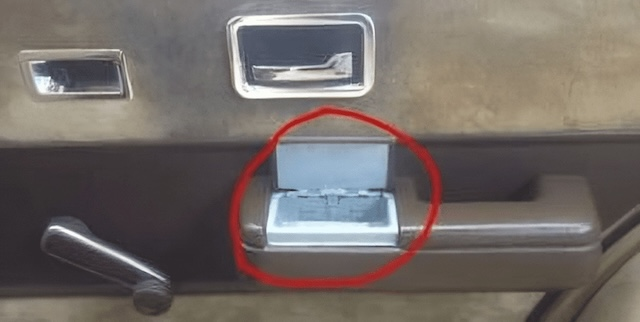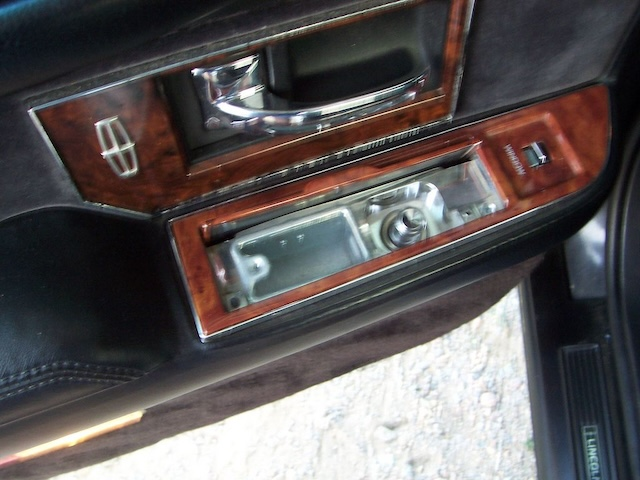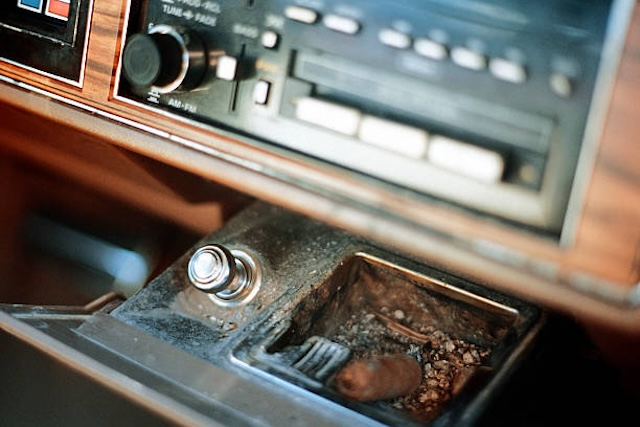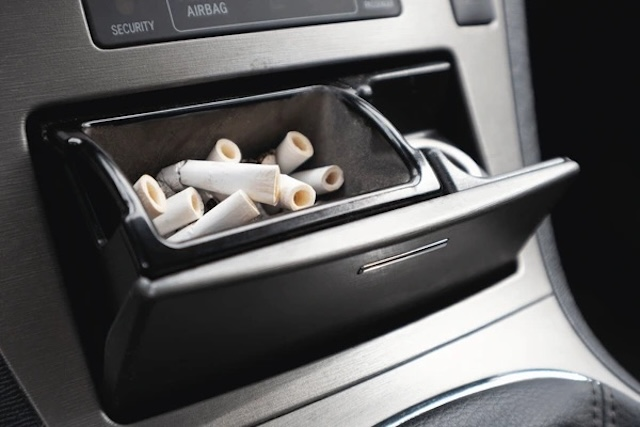Do you remember the built-in car ashtray? For decades, this small compartment was a staple in vehicle interiors, offering a convenient place for smokers to dispose of their ashes while driving. However, as societal attitudes and technological advancements evolved, the car ashtray gradually disappeared from new models, leaving it as a relic of a bygone era. This article takes you on a nostalgic journey through the history of the built-in car ashtray, exploring the factors that led to its decline and reflecting on how this small feature symbolizes broader changes in the automotive industry.

A Blast from the Past: The Ubiquity of Car Ashtrays
In the mid-20th century, smoking was a common habit, and the built-in car ashtray was a standard feature in almost every vehicle. Introduced in the 1950s, these ashtrays were often located in the center console, dashboard, or even the back of front seats, providing easy access for both drivers and passengers. The design was simple yet functional—typically a small metal tray with a flip-up lid that could be closed to contain ashes and minimize odors. For many, the car ashtray became a familiar part of the driving experience, representing the convenience and comfort of the era.
The Golden Age: When Car Ashtrays Ruled the Road
The 1950s to the 1970s can be considered the golden age of the car ashtray. During this period, smoking was not only socially acceptable but also heavily marketed. Car manufacturers responded by incorporating ashtrays into their designs, often alongside cigarette lighters. These features were seen as essential, especially for long drives, where smoking provided a common way to pass the time. The built-in ashtray was more than just a practical accessory; it was a symbol of the car’s role as a personal, mobile space where drivers could indulge in their habits.
Why Did Car Ashtrays Disappear?
The decline of the built-in car ashtray began in the late 20th century, driven by several key factors:
Health Concerns and Changing Social Norms

As medical research in the 1960s and 1970s increasingly linked smoking to serious health risks, public awareness grew. Health organizations, led by the Surgeon General, began campaigns to reduce smoking rates, and societal attitudes towards smoking started to shift. Smoking bans in public places, including workplaces and restaurants, became more common, and the idea of a smoke-free environment gained traction. Car manufacturers, recognizing these changes, began to rethink the inclusion of smoking-related features like ashtrays in their vehicles.
Technological Advancements in Car Design
The 1990s and 2000s saw a rapid evolution in car technology. Features like power windows, advanced air conditioning systems, and infotainment centers became standard, requiring more space within the car’s interior. To accommodate these new technologies, designers had to make decisions about what to include and what to discard. The built-in ashtray, once seen as indispensable, was increasingly viewed as unnecessary and outdated. By the late 1990s, many automakers had phased out the ashtray entirely. Chrysler, for instance, produced its last built-in ashtray in 1996, marking the end of an era.
Changing Consumer Preferences

As smoking rates declined and more people embraced smoke-free lifestyles, the demand for built-in ashtrays naturally waned. Car buyers began prioritizing other features, such as enhanced safety systems and fuel efficiency. The shift in consumer preferences reflected broader societal changes, as smoking became less central to daily life. For a new generation of drivers, the absence of an ashtray was not only acceptable but preferable.
The Modern Solution: Portable Ashtrays
While the built-in car ashtray has largely disappeared, portable ashtrays have emerged as a modern alternative for those who still smoke. These portable options can be placed in cup holders or other convenient locations within the car. They are typically designed to be sealed, reducing the risk of ash spills and odors. Although they lack the nostalgic charm of the classic built-in models, portable ashtrays provide a practical solution that aligns with contemporary car designs and the needs of today’s drivers.

Nostalgia for a Bygone Era: Remembering the Built-In Ashtray
For many, the built-in car ashtray evokes a sense of nostalgia, bringing back memories of a different time. The distinctive click of the flip-up lid, the sight of a well-used ashtray filled with ash and cigarette butts, and even the smell of lingering smoke are all tied to a past era of driving. These memories are a reminder of how much our habits and preferences have changed over the decades.
The disappearance of the car ashtray is more than just a change in vehicle design; it reflects broader cultural shifts towards health consciousness and environmental responsibility. In many ways, the decline of the ashtray symbolizes the automotive industry’s adaptation to new social norms and consumer demands.
The Future of Car Interiors: Adapting to Changing Times
As we look to the future, the design of car interiors will continue to evolve to meet the diverse needs and preferences of modern drivers. The disappearance of the built-in car ashtray is a subtle yet significant example of how car design adapts to changing societal values. Whether the ashtray remains a relic of the past or makes a nostalgic comeback in some form, its legacy serves as a reminder of the continuous process of innovation and adaptation in the automotive industry.

Conclusion: The Legacy of the Built-In Car Ashtray
The built-in car ashtray, once a ubiquitous feature in vehicles, has become a symbol of a bygone era. Its rise and fall reflect the broader transformations within society and the automotive industry—from health concerns and technological advancements to changing consumer preferences. While the classic ashtray may be a thing of the past, its legacy lives on in the memories of those who grew up with it. As the automotive industry continues to innovate, the story of the car ashtray reminds us that even the smallest features can tell a larger story about how we live and what we value.


